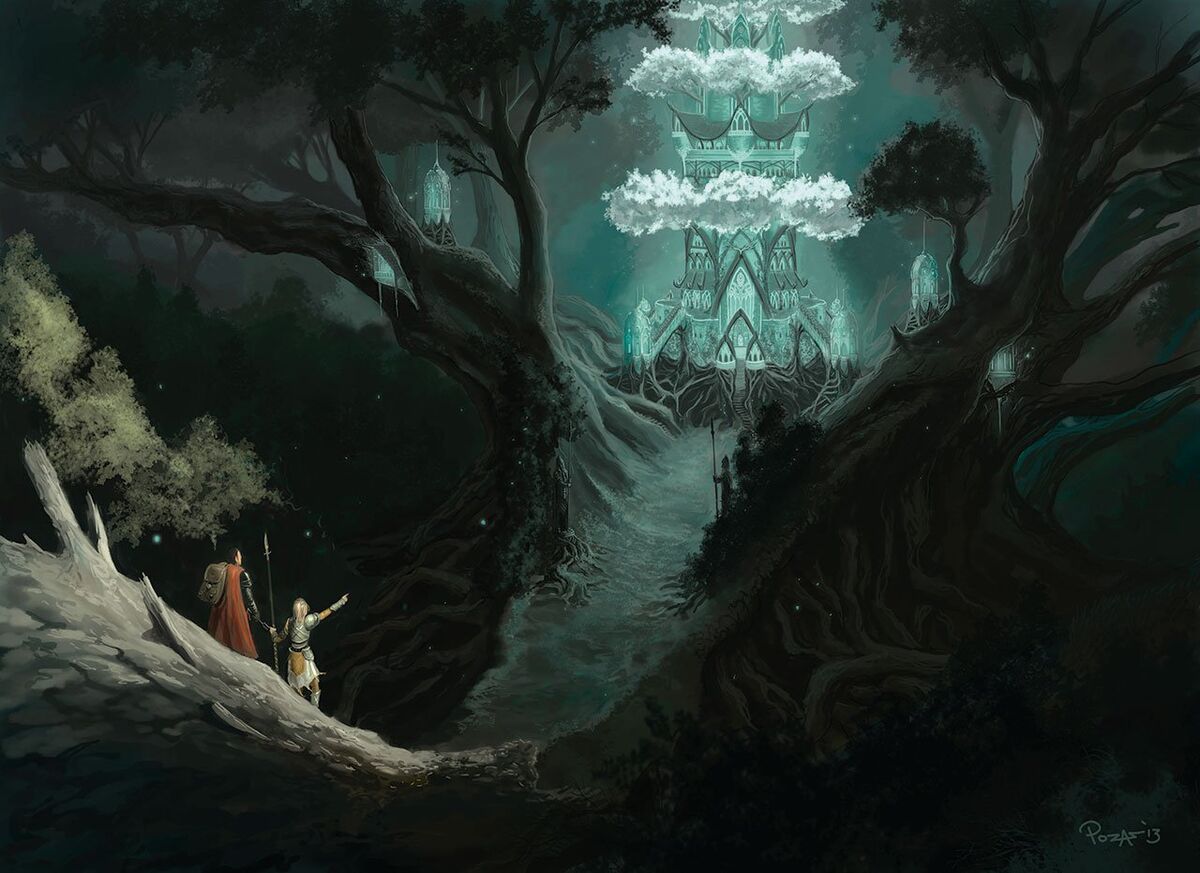@tetrasodium
Going by 5e Player Handbook stats.
The Athas Elf has an incongruency between its mechanics and flavor. Mechanically it is Dex-Int, but its flavor is Dex-Con. This kind of elf is tough, and able to marathon endlessly across vast distances in harsh environments. Nothing in the flavor suggests Intelligence flavor. Indeed, this "nomadic" culture is described as "savage" and "wild" "warriors", which comes across as possibly reallife racism against indigenous peoples. The text mentions in passing that the Athas Elf can be Psions and Preserver Wizards, but the culture needs its flavor to revolve around these mage classes for an Intelligence mechanic to make more sense.
That said, a hypothetical Level Up background, "Desert Nomad Mage", can typically relate to a wizard or psion, or an eldritch knight or a trickster rogue. It makes a fine background for an Athas elf, and works well in Forgotten Realms too.
The Athas elf has the fast speed of a wood elf.
The Athas elf has Stealth proficiency, and can surprise others when in nature, which seems similar to wood elf Mask of the Wild, while among rocks or dust.
The Athas elf has the typical weaponry, sword and bow.
In sum, the Athas elf seems like a 5e wood elf, except has access to boosts to Constitution, Dexterity, and Intelligence. High Constitution and Intelligence without Dexterity seems like it should also be possible.
I normally view wood elves as nomads, and these are desert nomads. In other settings, some wood elves migrated and adapted for life in great deserts. Same stats as Athas elf.
I would have the Athas flavor and mechanics emphasize magic via their psionics and wizardry, and delete any mundane classes. So they are eldritch knights and trickster rogues, instead of mundane fighters and rogues. Eldritch knights are also tough warriors.
It seems to me, the Athas elf doesnt really need special mechanics. It mostly needs access to Constitution, Dexterity, and Intelligence, which Level Up makes possible anyway.
Going by 5e Player Handbook stats.
The Athas Elf has an incongruency between its mechanics and flavor. Mechanically it is Dex-Int, but its flavor is Dex-Con. This kind of elf is tough, and able to marathon endlessly across vast distances in harsh environments. Nothing in the flavor suggests Intelligence flavor. Indeed, this "nomadic" culture is described as "savage" and "wild" "warriors", which comes across as possibly reallife racism against indigenous peoples. The text mentions in passing that the Athas Elf can be Psions and Preserver Wizards, but the culture needs its flavor to revolve around these mage classes for an Intelligence mechanic to make more sense.
That said, a hypothetical Level Up background, "Desert Nomad Mage", can typically relate to a wizard or psion, or an eldritch knight or a trickster rogue. It makes a fine background for an Athas elf, and works well in Forgotten Realms too.
The Athas elf has the fast speed of a wood elf.
The Athas elf has Stealth proficiency, and can surprise others when in nature, which seems similar to wood elf Mask of the Wild, while among rocks or dust.
The Athas elf has the typical weaponry, sword and bow.
In sum, the Athas elf seems like a 5e wood elf, except has access to boosts to Constitution, Dexterity, and Intelligence. High Constitution and Intelligence without Dexterity seems like it should also be possible.
I normally view wood elves as nomads, and these are desert nomads. In other settings, some wood elves migrated and adapted for life in great deserts. Same stats as Athas elf.
I would have the Athas flavor and mechanics emphasize magic via their psionics and wizardry, and delete any mundane classes. So they are eldritch knights and trickster rogues, instead of mundane fighters and rogues. Eldritch knights are also tough warriors.
It seems to me, the Athas elf doesnt really need special mechanics. It mostly needs access to Constitution, Dexterity, and Intelligence, which Level Up makes possible anyway.
Last edited:



